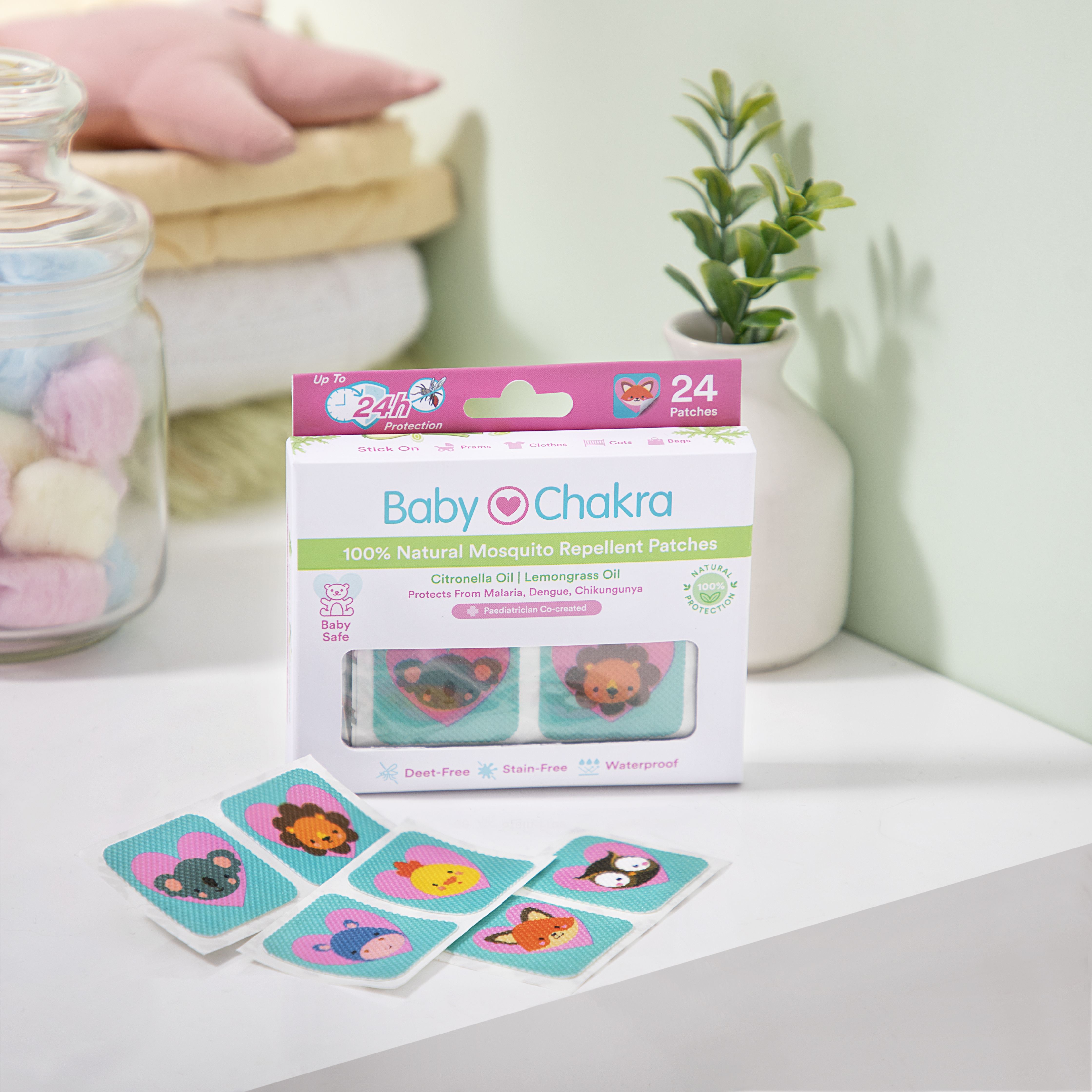
Edelweiss CEO And MD Radhika Gupta Wants To Teach Her Son 5 Things About Money: Why Is It Also Important To Teach Kids About Needs And Wants
13 Jun 2023 | 7 min Read
Manisha Pradhan
Author | 1053 Articles
Edelweiss CEO and MD Radhika Gupta shared five things about money that she would like to teach her son Rémy Gupta Moniz about money. Even though her son Remy is only a year old, Radhika who is also an author of a book titled Limitless, The Power of Unlocking Your True Potential and has been a part of The Moms Co and BabyChakra’s MomsTalk, plans to give her son some valuable money lessons once he’s a little older.

Among the five points that Radhika made on Twitter was that money enables you to fulfil your dreams. “It makes the little and big things in life easier. It adds comfort, and it enables moments of joy, for you and the people who care for you. So earning money and saving money is important.” That is so true and very often we forget to teach our children these important lessons about money.
She has also rightly added that sometimes “Greed takes you down” and spoken about how important it is to know the “value of enough”. We couldn’t agree more on that. It’s also important to teach kids about needs and wants, an essential life skill that goes hand in hand with understanding the concept of money.
But what is the right age to teach kids about money and how do you teach kids about money?
Check out these fun and interactive ways to teach kids about needs and wants while teaching them about money.
What Is The Right Age To Start To Start Teaching Kids About Money
I remember I was around 6 or 7 when my dad first taught me about money; where does it come from, how do we earn it, how do we use it and where do we put away the money that’s left after spending it to buy things we need? He also taught me a valuable lesson about needs and wants in some very easy and basic ways.
I followed the same when my daughter was around the same age and started asking me questions about where the money comes from and why people go to the bank. The right age to start teaching kids about money is typically around 5-7 years old.
At this stage, children are beginning to grasp basic mathematical concepts, understand transactions, and recognise the value of money. However, keep in mind that every child is different, so adapt the lessons to suit your child’s developmental level and readiness.
Why is it Important to Teach Kids About Needs and Wants?
Teaching kids the difference between needs and wants right from an early age helps them develop a healthy relationship with money as adults.
How To Teach Kids About Needs And Wants While Teaching Them About Money
Start with the Basics
Begin by explaining the difference between needs and wants in simple terms. Needs are things that are necessary for survival and well-being, such as food, shelter, clothing, and education. Wants, on the other hand, are things we desire but can live without, like toys, games, and treats.
Don’t make it too complicated. Use relatable examples to help children understand the distinction between the two like when they demand for something like a toy, ask them if they really need it or want it because a friend has it.
Create a Needs and Wants Chart
Make learning about needs and wants interactive and visual by creating a chart or a colourful poster. Divide it into two sections: “Needs” and “Wants.” Together with your child, list items under each category to reinforce the concept.
Encourage your child to contribute ideas and explain why they belong in a particular category. This activity helps children identify and prioritise their needs and wants.
Pretend Play
To make learning about money enjoyable, create a pretend store or marketplace at home. Assign different values to various items and provide your child with play money. Let them practice making choices, deciding between needs and wants, and budgeting their limited resources.
Through play, children will learn about making trade-offs and understanding the value of money.
Introduce an Allowance
When your child is ready, consider giving them a small, regular allowance. This provides an opportunity for hands-on money management experience. Help your child divide their allowance into three jars: one for saving, one for spending, and one for giving.
Explain the importance of saving for future needs and charitable giving. Encourage them to track their progress and set goals.
Teach Delayed Gratification
One crucial lesson in money management is delayed gratification. Help your child understand that saving money allows them to purchase more significant items in the future. Set goals together, such as saving for a favourite toy or a special outing.
Celebrate the achievement when they reach their saving target, emphasizing the satisfaction that comes from waiting and achieving their goal.
Teach Them to Compare Prices
When shopping with your child, involve them in the decision-making process. Encourage them to compare prices and discuss the value of items. Teach them to look for deals, use coupons, and consider quality and durability.
By involving them in everyday purchasing decisions, you instil critical thinking

Create a Budget
Introducing the concept of budgeting is very important when it comes to teaching kids how to manage money wisely. Teach them to allocate their money for different purposes. Begin by giving them a small amount of money and helping them divide it into categories like saving, spending, and sharing.
Encourage them to set goals for each category, such as saving for a special toy or donating to a charity.
Let Them Earn Money
Teach children that money is earned through work and effort. Assign them age-appropriate chores or tasks they can complete to earn a small allowance. Encourage them to save a portion of their earnings to achieve their goals.
Give them a piggy bank or open a savings account for them, where they can watch their savings grow over time.
Making Wise Choices
When you engage children in decision-making processes, it helps them understand the consequences of their spending choices. Give them a small amount of money and guide them through the process of evaluating different options before buying something.
Children learn better when they are having fun so remember, learning about money should be a fun adventure that sets the foundation for a financially responsible future!
Recommended skincare products for kids
Also Read:
Siblings Day: 10 Books That Are A Must-Read To Teach Kids About Sibling Love
Shiksha Foundation’s Nitignya Waghela Gives Tips On Teaching Good Touch And Bad Touch: Did you know you can start teaching them about it as early as 5?
Cover image source: freepik
A


Related Topics for you
Suggestions offered by doctors on BabyChakra are of advisory nature i.e., for educational and informational purposes only. Content posted on, created for, or compiled by BabyChakra is not intended or designed to replace your doctor's independent judgment about any symptom, condition, or the appropriateness or risks of a procedure or treatment for a given person.



